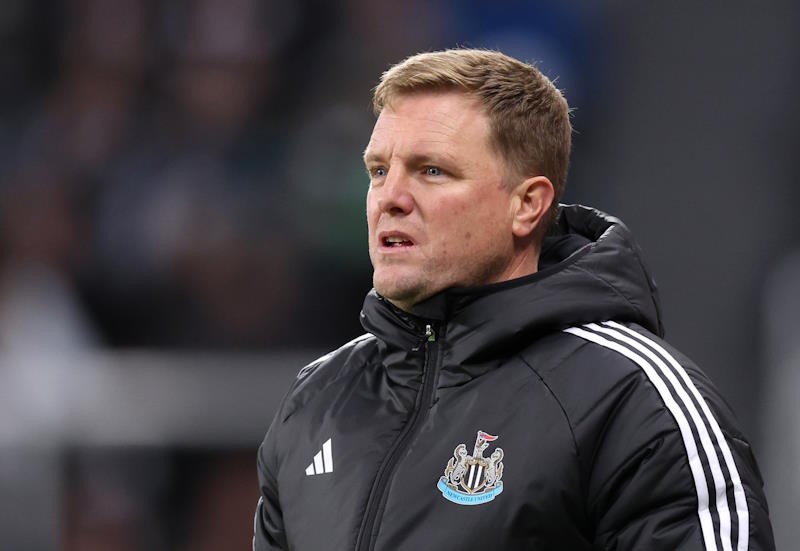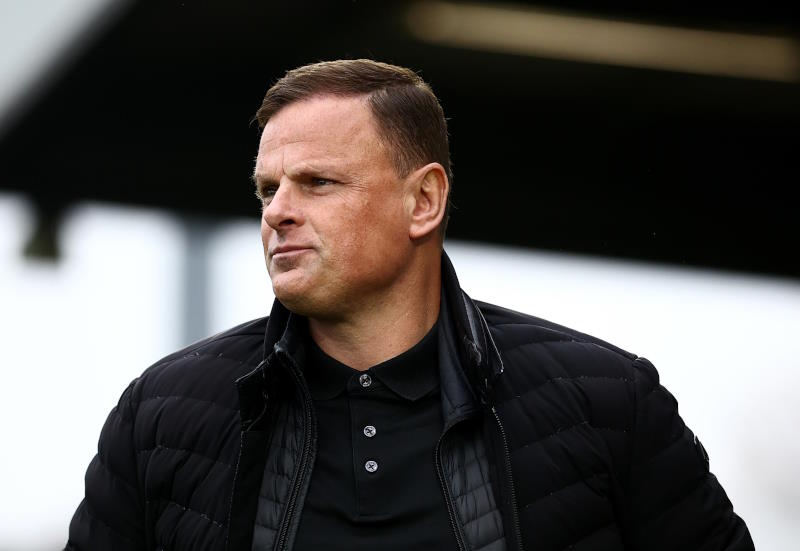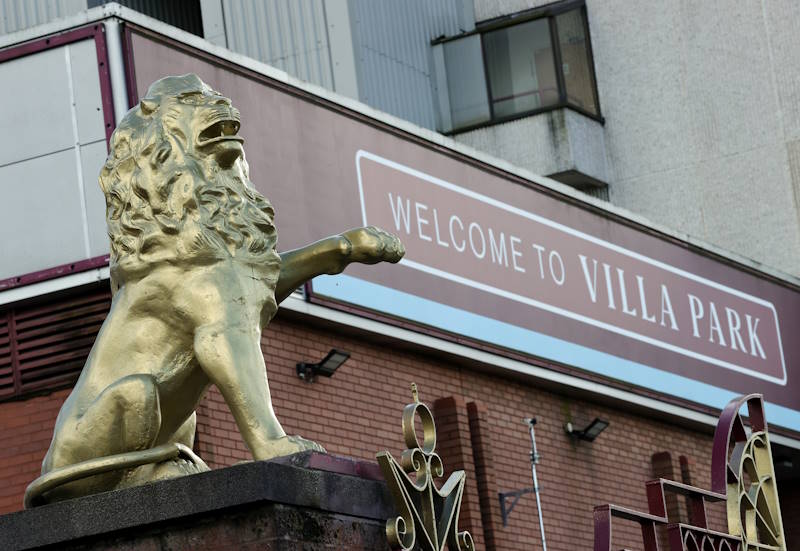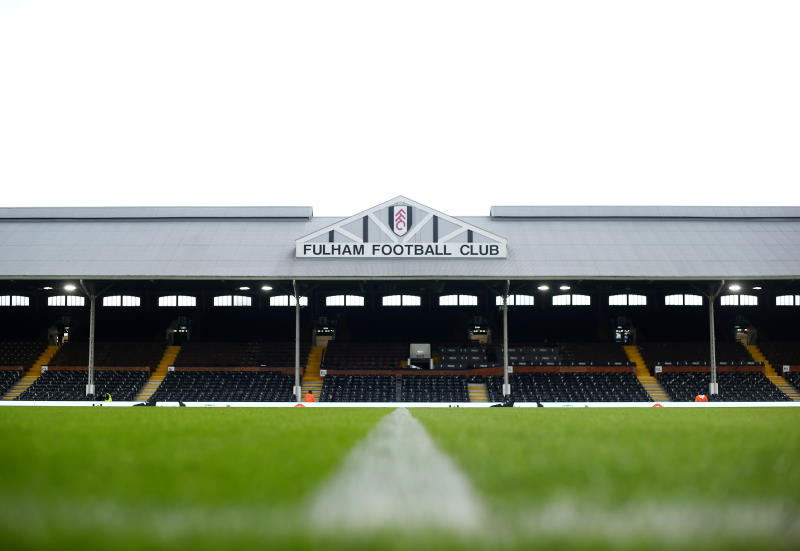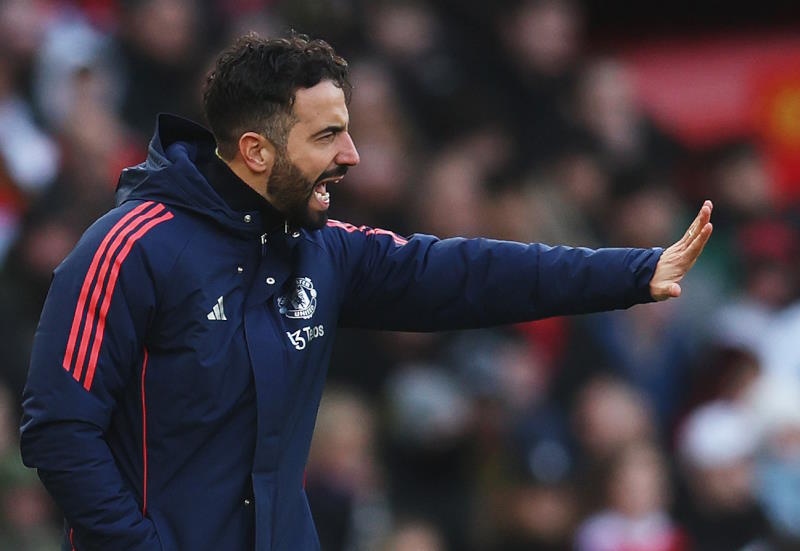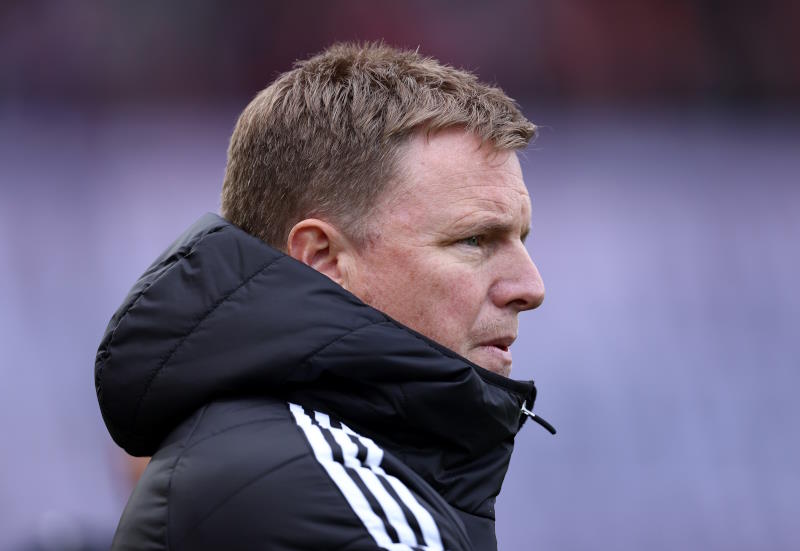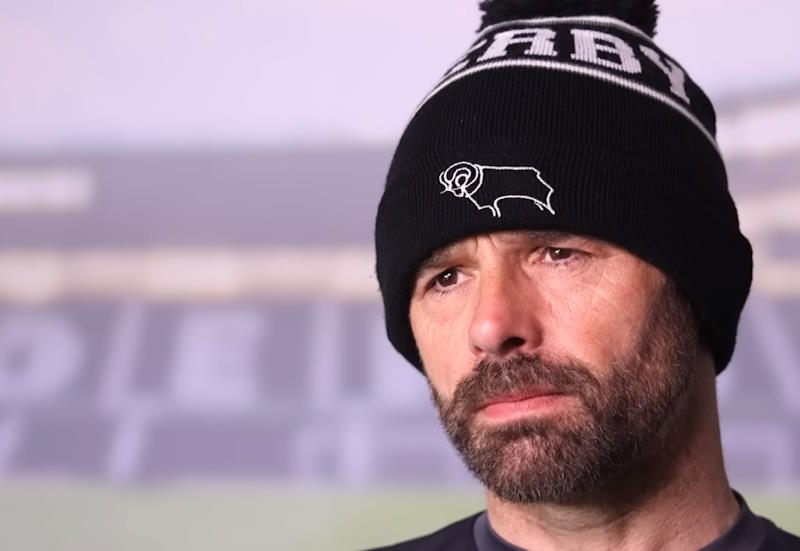
When Andre Villas-Boas took over at FC Porto just over a year ago, he set about stamping his authority on the club, shipping out defender Bruno Alves and ensuring the team understood his meticulous tactical instructions. The Portuguese may not achieve the rapid success with Chelsea as he did enjoyed at the Estadio do Dragao, where he won the league unbeaten and claimed both the Portuguese Cup and Europa League, but already the signs are that Villas-Boas’ tactical changes are starting to take shape.
To understand the Villas-Boas tactical shift it is crucial to go back through Chelsea’s recent history. Under Jose Mourinho, the team was famously efficient, designed less to entertain than to be a relentless winning machine. A spine of John Terry, Frank Lampard and Didier Drogba was physically imposing, technically astute and supremely fit; tasked tactically with being hard to beat and grinding out goals, they were a team who most could not get near. Teams trying to attack Mourinho’s Chelsea were usually given room to get beyond the halfway line if they so desired, but then the space would be closed down by players of supreme physical stature and the ball swiftly released to a speedy, direct winger, such as Arjen Robben or Florent Malouda. Goals would inevitably follow in the transitions of play.
The post-Mourinho era saw a succession of coaches fail to make the team sufficiently entertaining to keep their jobs, until the former AC Milan boss Carlo Ancelotti arrived. The Italian made some progress in his first season, with the team scoring 103 goals in the Premier League on the way to winning the title, but the creaks in his tactical system began to show in his second season in charge.
At their best Chelsea under Ancelotti were supreme, but at their worst they were slow and ponderous. Typically playing a narrow style, the Blues relied on the width of most often Florent Malouda and Nicolas Anelka going forward. But with three central midfielders who were tasked with a patient build-up, Chelsea were predictable going forward. The arrival of Fernando Torres ironically made things worse. A team not suited to the Spaniard’s style still needed the figure of Drogba to work around, but playing the pair together meant that an already narrow system became narrower still.
Ashley Cole and Branislav Ivanovic, the latter barely a right back, became the players Chelsea relied on to spring a surprise on the opposition in the final third from wide positions. The formation meant that the only players who would be advancing into space with the ball were the side’s two full backs, and as Brazil have found in recent times, becoming so dependent on these players risks making the team even more predictable going forward and increasingly vulnerable defensively.
Under Villas-Boas, Chelsea are rectifying some of the tactical errors of recent years whilst trying to become a creative, attacking unit. The emphasis at Stamford Bridge has moved towards speedy rotation of the ball and a rapid switch from defence to attack. But Villas-Boas does not want his team moving the ball forward from back to front without method; he has them passing purposefully and quickly, looking in front and finding an option going forward.
To achieve this, Raul Meireles has been used more often than the Portuguese would ideally like in a deep midfield position, as he tends to get the ball forward quicker and with one touch, unlike the sideways passing of John Obi Mikel. Similarly, Frank Lampard is finding his influence reduced as speed of thought and forward passing becomes more crucial. Lampard is undoubtedly one of the Premier League’s great players since its inception, and often unfairly maligned, but Villas-Boas’ system does not seem suited to the now 33-year-old midfielder.
In the final third, Juan Mata and Daniel Sturridge have been crucial assets for Chelsea’s new boss. Their pace, as well as that of Fernando Torres, stretches defenders, thus creating more space when the ball is played forward, and Mata and Sturridge have the movement and intelligence to exploit that space. In doing so, the pair give options to the likes of Meireles and Brazilian workhorse Ramires in midfield when they look to play quick attacking passes in their direction.
In the final third, Chelsea are now far more dangerous, with Ramires and either Lampard or Meireles (depending on if he is playing in central rather than defensive midfield) able to join the attack and make runs ahead of Chelsea’s forwards to give the opposition further problems. With the evergreen Ashley Cole on the left and the revitalised Jose Bosingwa, Chelsea can count on the width of their full backs to create more space by dragging opposition full backs wide and forcing their wingers to defend. All of these factors combined with a noticeable emphasis on short passing in triangles around the opposition penalty area have led to Chelsea being able to create more chances, and crucially, provide the type of service Torres thrives on – balls played in front of him on the floor.
An example of the forward thinking midfield Villas-Boas wants was in evidence against Everton recently, with Chelsea’s third goal in a 3-1 win seeing Mata and Ramires both get ahead of Drogba, the former crossing for the latter to tap home.
The system is not without its problems though. With John Obi Mikel, Chelsea find themselves compromised by the Nigerian international’s lack of ability to play quick forward passes, and without the 24-year-old, Meireles fails to provide an adequate defensive shield, giving the opposition the ability to terrorise Chelsea’s two centre backs, which include an ageing and more error prone John Terry. As was seen against Manchester United, when Meireles was tasked with defensive midfield duties, this can lead to the opposition making numerous chances, and if managed by Sir Alex Ferguson, the Blues’ opponents are likely to be too ruthless to give Chelsea a second chance.
Nonetheless Villas-Boas has thus far revitalised Chelsea by ordering faster, more central passing play. The Stamford Bridge outfit have not yet reached the heights owner Roman Abramovich will want to see them hit, producing exhilarating football along the way, but they are showing signs of finding the secret formula. This is a team very much in the process of reconstruction, but the signs are that the new Chelsea will be very different from the old.

